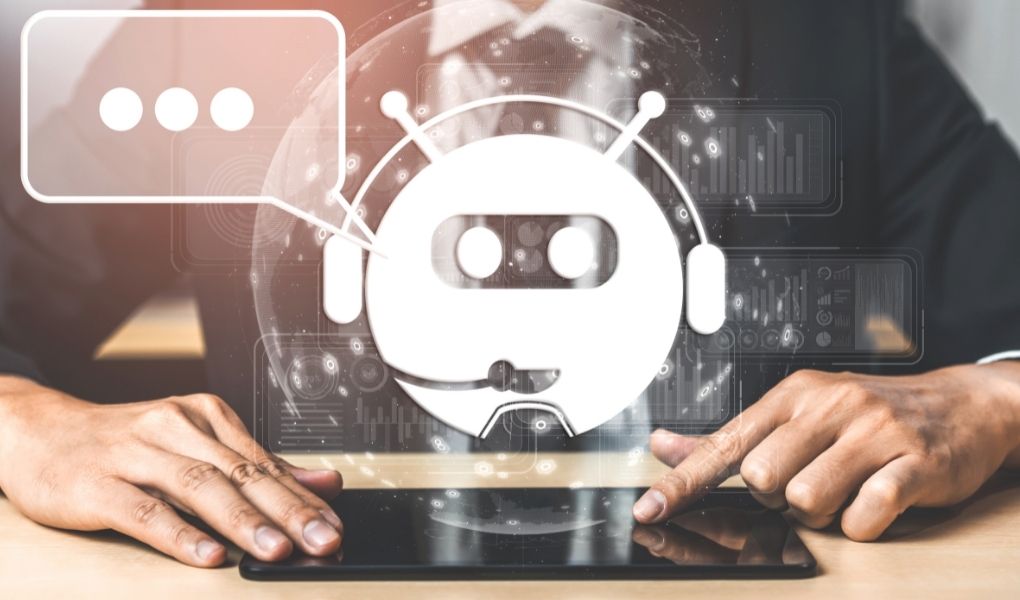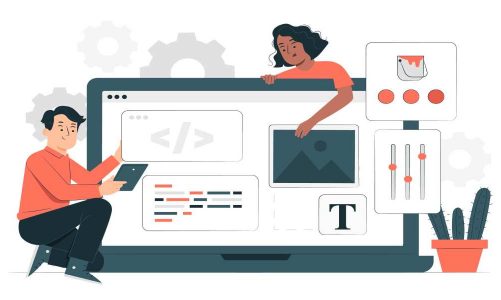The days of paperwork and multi-page contracts are long gone. If this was an acceptable option a few years ago, it is now outdated. Instead of collecting and checking all documents manually, the chatbot algorithms can easily do this for the employee.
Chatbots help lenders and their clients collect and store all the necessary information in the digital space without any inconvenience.
Today, chatbots are advanced enough to recognize files in different formats: text, images, PDF, and more. Chatbots based on artificial intelligence select this information from many third-party sources and arrange it into a single, human-readable document.
In addition to collecting documents and other information about customers, chatbots can:
- Analyze and study documents, then classify them into different categories.
- Search and verify critical information at the request of the lender. This includes the client’s name, his salary, the name of the company in which he works, and so on.
- Transfer the application to the responsible officer if it lacks any critical documents or the information in them does not match. This helps the lender check the documents more thoroughly and avoid fraud on the borrower’s part.
- Notify the client of the completion of the application process if the submitted documents meet the lender’s requirements. In other cases, loan chatbots notify the banking institution that the application needs to be rechecked.
For a person, such work quickly becomes a tedious routine. Chatbots perform these tasks as quickly and efficiently as possible.
The Role Of Conversational Artificial Intelligence
Bots can competently respond to any requests of the borrower. If necessary, they transfer the request to employees who help with more complex issues. This simplifies the application process itself – a potential client will find out all the essential details through dialogue in the messenger. Since borrowers receive quick answers to all their questions, they are more likely to decide in your favor faster.
Bots simplify the work of creditors by automatically downloading and classifying all the necessary documents. The underlying inconsistency detection algorithms instantly identify any discrepancies in the submitted papers and contribute to their correction.
Machine learning algorithms embedded in chatbots help determine if a loan application passes pre-approval. These algorithms also detect potential risk factors and inform loan officers about them.
When processing an application for microcredit, bots can make not only sure that the documents are in order but also notice fraudulent or incorrect information. Efficiently trained algorithms can accurately predict the overall risk threshold for each borrower, thereby helping to make better application decisions.
Chatbots serve the borrower at all stages of lending. After the client has been given a loan, the chatbot will regularly remind you of payment dates and answer other questions about the loan. This proactive and ongoing engagement helps the lender build a trusting relationship with the client and stimulate additional sales.
What Can The TalkBank Chatbot For MFIs Do?
Among the main advantages of using the TalkBank chatbot for MFIs:
Quick acquisition of new customers. To apply, you do not need to download additional applications, register on sites or go to the office. WhatsApp, Viber, Telegram and other messengers for which the TalkBank chatbot is designed are already installed on the smartphones of most of your customers.
Much lower costs for scaling and automating lending services compared to the cost of hiring and training employees
The speed of developing a chatbot is from scratch in 2-5 months, and a quick ability to update algorithms and add new features.
By analyzing the current market situation, chatbots for MFIs in messengers simplify microlending business processes, reduce the cost of processing routine transactions and direct resources to more critical tasks.
Also Read: How AI Investments Will Transform Retail



